COLEMAN HAWKINS
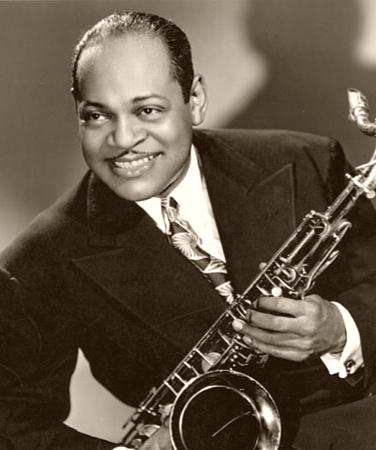
Biography
Coleman Hawkins was born in Saint Joseph, Missouri, in 1904. Some out-of-date sources say 1901, but there is no evidence to prove an earlier date; instead, there is record of Hawkins’s parents’ first female child being born on 8 March 1901 and dying in 1903 at the age of two, possibly basis for the mistaken belief. He was named Coleman Hawkins after his mother Cordelia’s maiden name.
He attended high school in Chicago, then in Topeka, Kansas at Topeka High School. He later stated that he studied harmony and composition for two years at Washburn College in Topeka while still attending THS. In his youth he played piano and cello, and started playing saxophone at the age of nine; by the age of fourteen he was playing around eastern Kansas.
Hawkins’s first major gig was with Mamie Smith’s Jazz Hounds in 1921, whom he joined permanently in April 1922 and toured with through 1923, when he settled in New York City. Coleman Hawkins joined Fletcher Henderson’s Orchestra, where he remained until 1934, sometimes doubling on clarinet and bass saxophone. Hawkins’s playing changed significantly during Louis Armstrong’s tenure with the Henderson Orchestra during 1924-25. In the late 20’s, Hawkins also participated in some of the earliest interracial recording sessions with the Mound City Blue Blowers.
During the time with Henderson, he became a star soloist with an increasing amount of star solos on record. While with the band, he and Henry “Red” Allen recorded a series of small group sides for ARC (on their Perfect, Melotone, Romeo, and Oriole labels). Hawkins also recorded a number of solo recordings, with either piano or with a pick-up band of Henderson’s musicians in 1933-34, just prior to his European trip. He was also featured on a landmark Benny Goodman February 2, 1934 session for Columbia, which also featured Mildred Bailey as guest vocalist.
In late 1934,Coleman Hawkins accepted an invitation to play with Jack Hylton’s band in London, and toured Europe as a soloist until 1939, memorably working with Django Reinhardt and Benny Carter in Paris in 1937. Having returned to the United States, on October 11, 1939, he recorded a two-chorus performance of the pop standard “Body and Soul”, which he had been performing at Kelly’s Stables. A landmark recording of the swing era, recorded as an afterthought at the session, it is notable in that Hawkins ignores almost all of the melody, only the first four bars are stated in a recognizable fashion. In its exploration of harmonic structure it is considered by many to be the next evolutionary step in jazz recording from where Louis Armstrong’s “West End Blues” in 1928 left off.
Coleman Hawkins with Miles Davis at Three Deuces on 52nd Street in NYC, ca. July 1947. Photo: William P. Gottlieb.
After an unsuccessful attempt to establish a big band, he led a combo at Kelly’s Stables on Manhattan’s 52nd Street with Thelonious Monk, Oscar Pettiford, Miles Davis, and Max Roach as sidemen. Hawkins always had a keen ear for new talent and styles, and he was leader on what is generally considered the first ever bebop recording session with Dizzy Gillespie and Max Roach in 1944. Later he toured with Howard McGhee and recorded with J. J. Johnson and Fats Navarro. He also toured with Jazz at the Philharmonic.
In 1948 Coleman Hawkins recorded Picasso, an early piece for unaccompanied saxophone.
After 1948 Hawkins divided his time between New York and Europe, making numerous freelance recordings. In the 1960s, he appeared regularly at the Village Vanguard in Manhattan.
Hawkins directly influenced many bebop performers, and later in his career, recorded or performed with such adventurous musicians as Sonny Rollins, who considered him as his main influence, and John Coltrane. He appears on the Thelonious Monk with John Coltrane (Riverside) record. In 1960 he recorded on Max Roach’s We Insist! suite.
In the 1950s, Coleman Hawkins performed with more traditional musicians such as Henry “Red” Allen and Roy Eldridge with whom he appeared at the 1957 Newport Jazz Festival and recorded Coleman Hawkins Encounters Ben Webster with fellow tenor saxophonist Ben Webster along with Oscar Peterson (piano), Herb Ellis (guitar), Ray Brown (bass), and Alvin Stoller (drums).
In the 1960s, Hawkins began to drink heavily and his recording output began to wane. However, he did manage to record some notable albums with musicians such as Duke Ellington, among others. His last recording was in 1967.
With failing health, Coleman Hawkins succumbed to pneumonia in 1969 and is interred in the Yew Plot at the Woodlawn Cemetery in the Bronx.
The Song of the Hawk, a 1990 biography written by British jazz historian John Chilton, chronicles Hawkins’s career as one of the influential jazz performers of the 20th century.



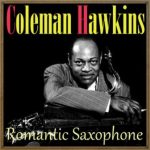 Romantic Saxophone, Coleman Hawkins
Romantic Saxophone, Coleman Hawkins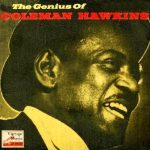 I Wished On The Moon, Coleman Hawkins
I Wished On The Moon, Coleman Hawkins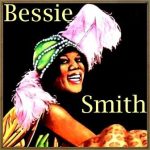 Gimme A Pigfoot, Bessie Smith
Gimme A Pigfoot, Bessie Smith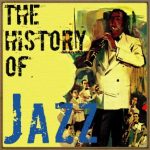 The History Of Jazz
The History Of Jazz 100 Vintage Jazz Favorites
100 Vintage Jazz Favorites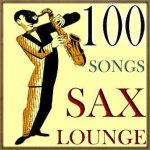 100 Songs Sax Lounge
100 Songs Sax Lounge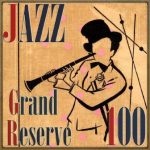 100 Jazz Grand Reserve
100 Jazz Grand Reserve 100 Easy Listening Instrumental Songs
100 Easy Listening Instrumental Songs



